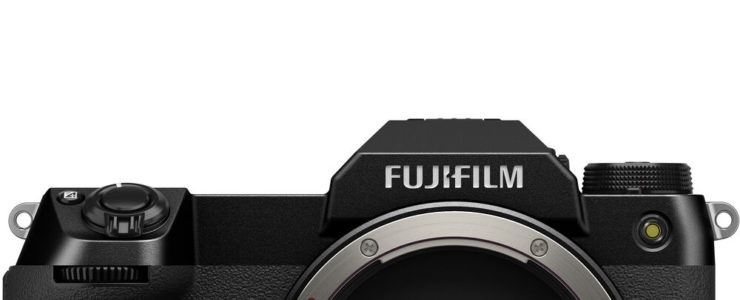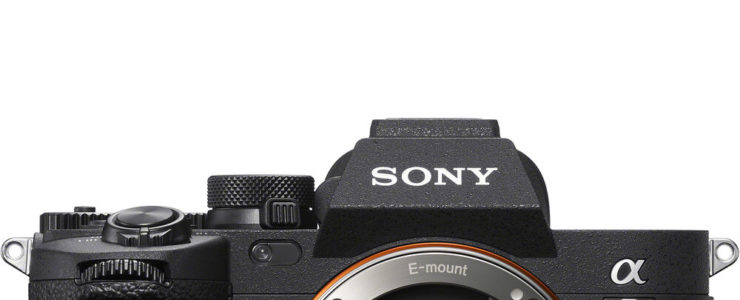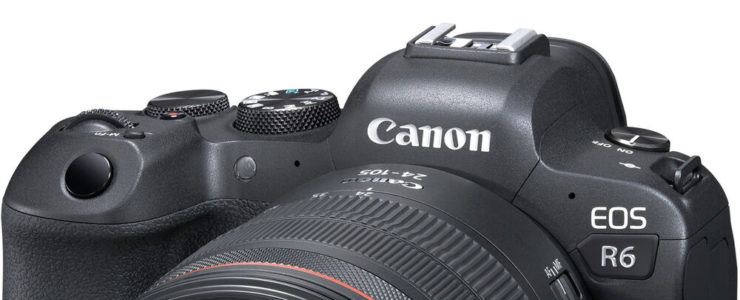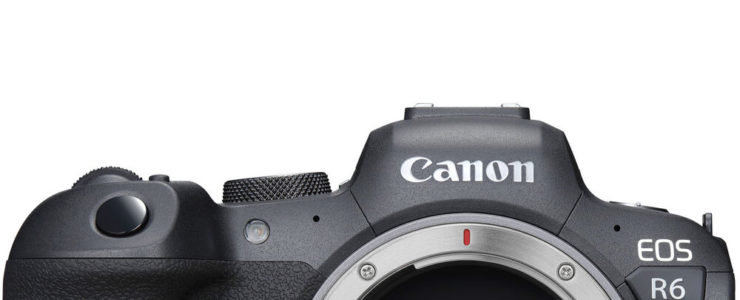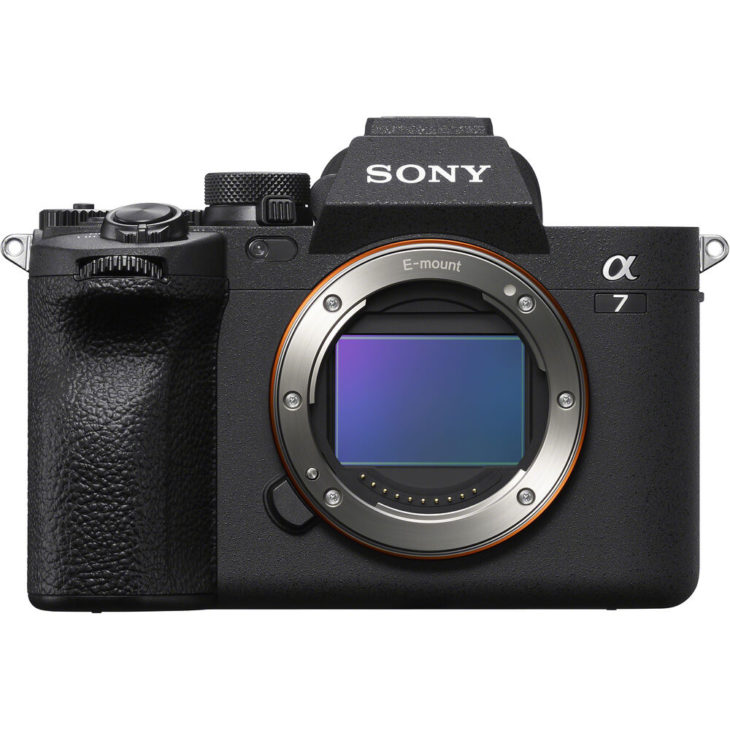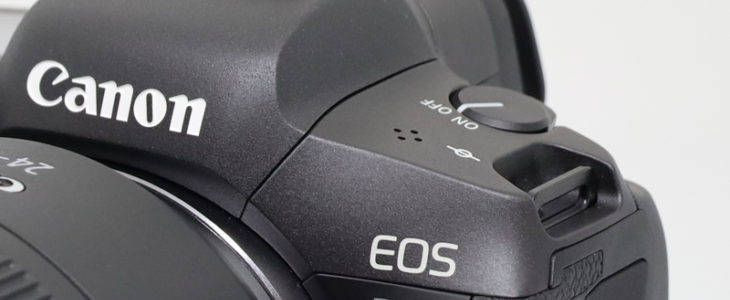Some pretty interesting firmware updates coming for the Canon EOS R5, Canon EOS R6 and Canon EOS-1D X Mark III. Downloads should be available soon. Courtesy of Canon New Zealand.
A lot of the interesting stuff is related to autofocus, as improved head detection performance to support helmets or goggles in winter sports, or vehicle AF. It’s all listed below.
EOS R5 Firmware Update Version 1.5.0
Firmware Version 1.5.0 incorporates the following fixes and enhancements:
1. Improves head detection performance to support helmets or goggles in winter sports.
2. Adds [Vehicles] selection to [Subject to detect] selection in the [AF] tab to support the detection of automobiles and motorcycles in motorsports. Adds [Spot detection] when [Vehicles] is selected as the helmet of the driver or rider*.
*Detection may not be possible for ordinary passenger cars or bicycles, or for motorcyclists performing stunts or kicking up dirt and dust.
3. Improves detection performance for eye detection when:
- there are shadows on the face.
- hair is hanging over the eyes.
4. Adds support for torso detection of a person. If the eyes, face or head are hidden or cannot be detected, a person’s torso will be detected and tracked continuously.
5. Adds the ability to import manual white balance (MWB) data from the Quick Control screen when capturing still images.
6. Eliminates the center press operation of the multi-controller to prevent accidentally transferring images during FTP transfer.
7. Adds the ability, when using EOS Utility or Browser Remote for remote shooting with two cards inserted, to set the recording method and to select which card to be recorded to.
8. Adds [Suppress lower frame rate] to [Smooth] in [Disp. performance], enabling the shooting screen to be displayed with less drop frame rate even in dark locations.
9. Adds support for the RF 5.2mm F2.8 L Dual Fisheye lens.
10. Changes the default value of [FTP server] → [Passive mode] to [Enable].
11. Improves operation stability during FTP transfer.
12. Optimizes controls of In-Body Image Stabilization (IBIS) when using specific EF lenses not equipped with the image stabilization function.
13. Fixes an issue, in which noise occurs along the edges of bright subjects when using Canon Log for movie recording.
EOS R6 Firmware Update Version 1.5.0
Firmware Version 1.5.0 incorporates the following fixes and enhancements:
1. Improves head detection performance to support helmets or goggles in winter sports.
2. Adds [Vehicles] selection to [Subject to detect] selection in the [AF] tab to support the detection of automobiles and motorcycles in motorsports. Adds [Spot detection] when [Vehicles] is selected as the helmet of the driver or rider*.
*Detection may not be possible for ordinary passenger cars or bicycles, or for motorcyclists performing stunts or kicking up dirt and dust.
3. Improves detection performance for eye detection when:
- there are shadows on the face.
- hair is hanging over the eyes.
4. Adds support for torso detection of a person. If the eyes, face or head are hidden or cannot be detected, a person’s torso will be detected and tracked continuously.
5. Adds the ability to import manual white balance (MWB) data from the Quick Control screen when capturing still images.
6. Eliminates the center press operation of the multi-controller to prevent accidentally transferring images during FTP transfer.
7. Adds the ability, when using EOS Utility or Browser Remote for remote shooting with two cards inserted, to set the recording method and to select which card to be recorded to.
8. Adds [Suppress lower frame rate] to [Smooth] in [Disp. performance], enabling the shooting screen to be displayed with less drop frame rate even in dark locations.
9. Changes the default value of [FTP server] → [Passive mode] to [Enable].
10. Improves operation stability during FTP transfer.
11. Optimizes controls of In-Body Image Stabilization (IBIS) when using specific EF lenses not equipped with the image stabilization function.
12. Fixes an issue, in which noise occurs along the edges of bright subjects when using Canon Log for movie recording.
EOS-1D X Mark III Firmware Update, Version 1.6.0
Firmware Version 1.6.0 incorporates the following fixes and enhancements:
1. Improves head detection performance to support helmets or goggles in winter sports.
2. Eliminates the center press operation of the multi-controller to prevent accidentally transferring images during FTP transfer.
3. Adds the ability, when the Rating function is assigned to the Protect/Voice memo button, for voice memos to now be recorded by pressing and holding the button.
4. Adds the ability, when using EOS Utility or Browser Remote for remote shooting with two cards inserted, to set the recording method and to select which card to be recorded to.
5. Changes the default value of [Connection option settings], [FTP transfer settings], and [Power saving] to [Disable].
6. Changes the default value of [FTP server] → [Passive mode] to [Enable].
7. Improves operation stability during FTP transfer.
8. Fixes an issue, in which noise occurs along the edges of bright subjects when using Canon Log for movie recording.

